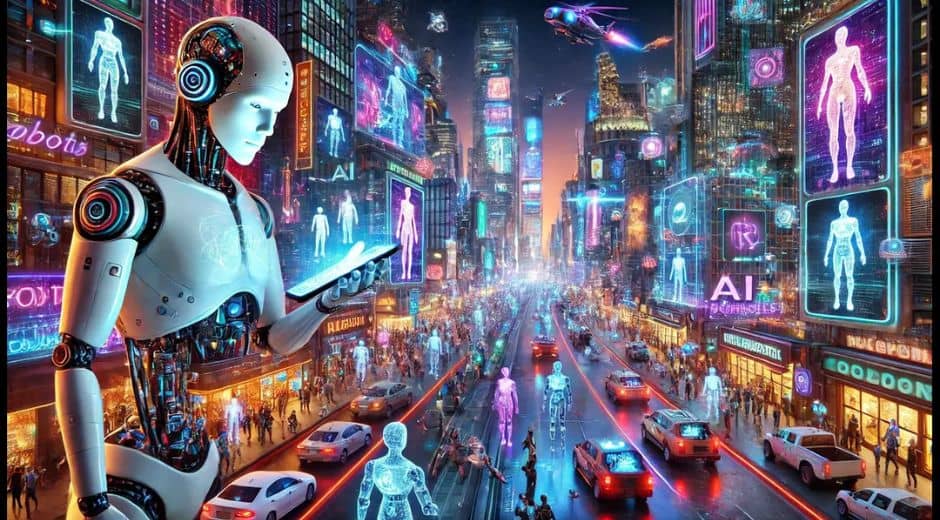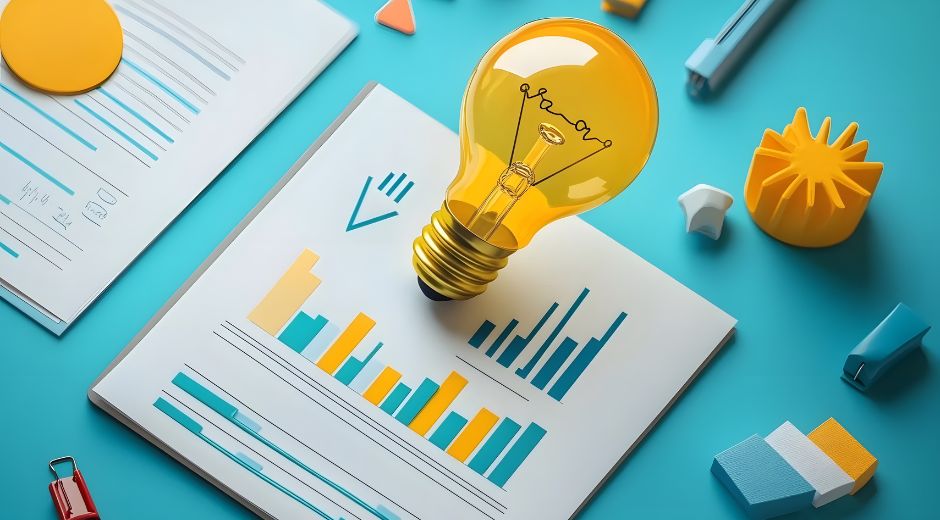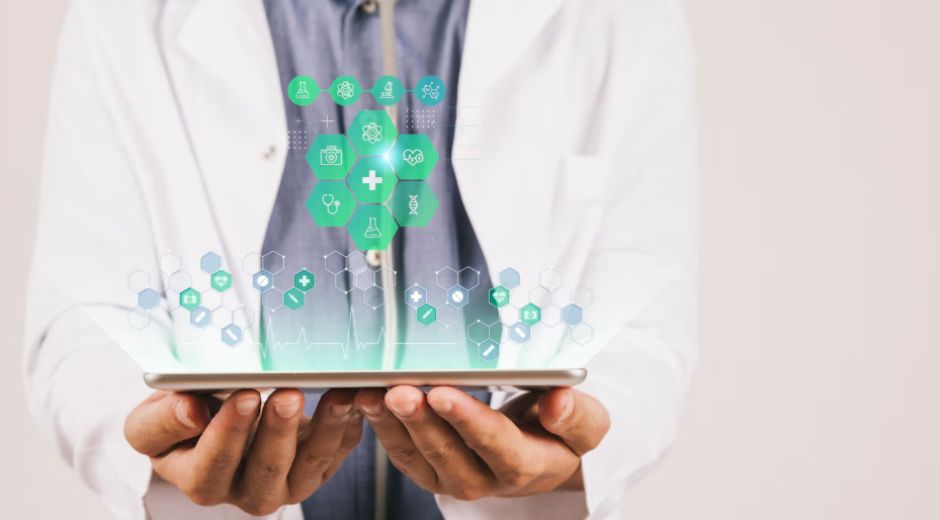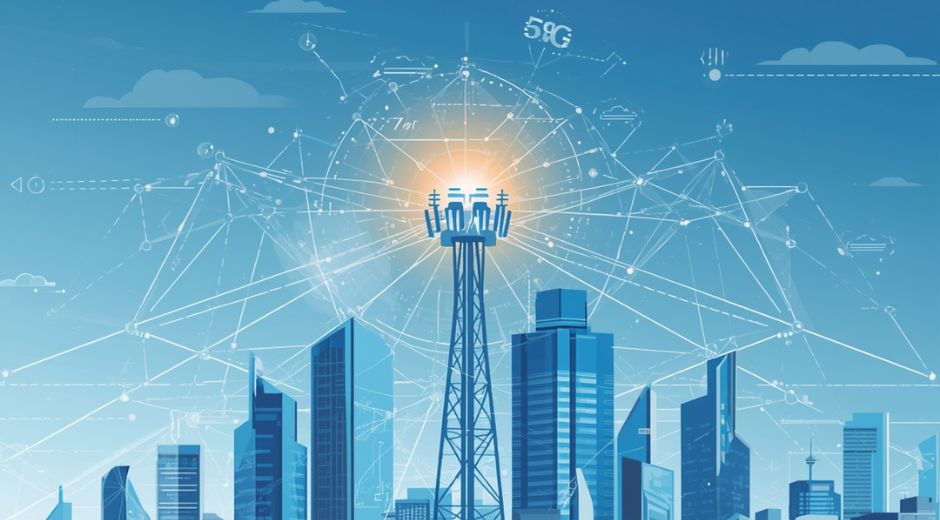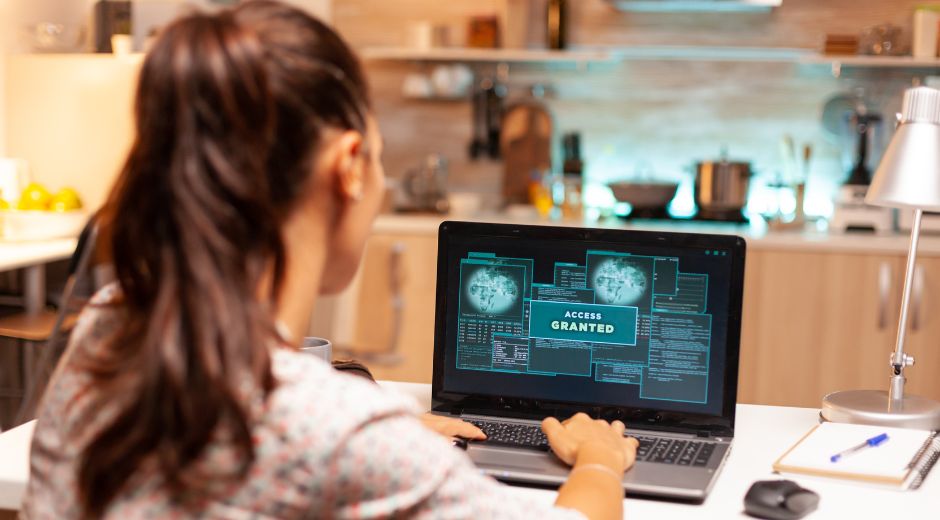Digital Twins: How Virtual Replicas Are Powering Real-World Innovation
In the age of rapid digital transformation, one concept is quietly revolutionizing how industries operate, optimize, and evolve: Digital Twins. These virtual replicas of real-world systems are blurring the boundaries between the physical and digital realms, enabling unprecedented insights and efficiency. From predicting maintenance in jet engines to modeling urban infrastructure, Digital Twins are shaping the future of innovation.
The Origin of the Digital Twin Concept
The term “Digital Twin” was first coined by Dr. Michael Grieves at the University of Michigan in the early 2000s. Initially envisioned for product lifecycle management, the concept quickly expanded as computing power and data collection advanced. Today, Digital Twins are more than simulations—they’re living, evolving models continuously fed by real-time data.
Every sensor, camera, and IoT device becomes part of the nervous system of a Digital Twin, giving it the capacity to mirror reality with stunning accuracy. When these virtual models are paired with AI analytics, they allow companies to make data-driven decisions that were once impossible.
How Digital Twins Work
At its core, a Digital Twin is built on three pillars: a physical object, a digital representation, and the data connection between them. Imagine a factory with thousands of machines. Each machine’s Digital Twin can monitor temperature, vibration, and output in real time. If a component begins to fail, the digital model alerts engineers before the issue escalates.
This synchronization enables predictive maintenance, reducing downtime and saving millions in costs. Companies like Siemens, GE, and IBM have already integrated Digital Twin frameworks into their operations, setting a new standard for efficiency.
Applications Across Industries
1. Healthcare
In medicine, Digital Twins are helping personalize treatments. By creating virtual models of patients, doctors can test how an organ might respond to different procedures or medications before performing them in reality. Philips, for instance, is exploring patient-specific heart models that simulate how a pacemaker would behave once implanted.
2. Manufacturing
Factories now operate like digital ecosystems. Every conveyor belt, robotic arm, and assembly line has its Digital Twin, allowing managers to detect inefficiencies or bottlenecks. This mirrors the vision of Industry 4.0—where automation, data exchange, and smart systems create self-optimizing production networks.
3. Smart Cities
Urban planners are leveraging Digital Twins to simulate traffic flow, monitor pollution, and optimize infrastructure planning. Cities like Singapore and Helsinki already operate on digital urban models, integrating real-time environmental and transportation data. According to Politico, the European Union is even considering Digital Twin frameworks for cross-border infrastructure management.
4. Aerospace and Automotive
Aircraft engines are among the earliest adopters of Digital Twin technology. Rolls-Royce, for example, uses them to monitor engines during flight, predicting wear and tear long before maintenance crews are needed. In the automotive world, Tesla updates its cars remotely through constant digital feedback loops—each vehicle essentially being its own Digital Twin in motion.
Benefits That Redefine Innovation
The adoption of Digital Twins brings measurable advantages:
Predictive insights: Prevent costly failures before they happen.
Operational efficiency: Optimize systems continuously with real-time feedback.
Sustainability: Reduce waste by simulating and refining designs digitally.
Collaboration: Multiple teams can experiment virtually before physical execution.
By uniting IoT, machine learning, and simulation modeling, Digital Twins reduce uncertainty—a priceless advantage in complex industries.
The Challenges Ahead
Despite their benefits, Digital Twins are not without hurdles. Building accurate models requires massive data streams and robust cybersecurity frameworks. Data privacy is another concern, especially in healthcare, where patient information must be protected. The cost of implementation can also be high for smaller enterprises, although cloud-based solutions are gradually making access more affordable.
Moreover, organizations need skilled talent who can interpret and manage digital models effectively. Without proper training, the risk of misinterpreting data or overrelying on simulations can offset potential benefits.
The Role of Artificial Intelligence
AI is the driving force behind Digital Twin evolution. Machine learning algorithms enable these systems to detect patterns, predict anomalies, and even make autonomous decisions. As AI becomes more sophisticated, Digital Twins will no longer just mirror reality—they’ll actively optimize it.
For instance, in energy systems, AI-driven Digital Twins can balance power distribution dynamically, adapting to fluctuations in real time. This synergy between AI and digital modeling could pave the way for fully automated infrastructure networks.
Digital Twins and Sustainability
Sustainability has become a defining factor of modern innovation. By enabling precise simulations, Digital Twins reduce wasteful prototyping and resource consumption. Before a single material is used, digital models can test designs under countless scenarios, minimizing the environmental footprint.
According to research from BioNatureVista the ability of Digital Twins to forecast energy efficiency and environmental impact will soon become mandatory in large-scale industrial projects.
Looking Toward the Future
By 2030, experts predict that nearly every physical system—from homes and hospitals to entire economies—will have a digital counterpart. The line between physical and digital will blur, making Digital Twins integral to both innovation and daily life.
For example, the next generation of Digital Twins might incorporate behavioral data, allowing city planners to simulate human responses to policy changes before implementing them. Imagine testing new traffic laws or energy tariffs in a risk-free digital environment before rolling them out to millions of people.
Internal Collaboration and Innovation
At Newspapersio.com, we continuously follow how Digital Twins are redefining the boundaries of technological innovation. Our research teams analyze how governments and industries leverage these models to bridge data with decision-making. As the technology matures, its influence will ripple across entertainment, health, and world politics—our site’s other key categories.
Conclusion: The New Reality of Innovation
Digital Twins represent more than a technological upgrade—they mark a philosophical shift in how we understand the relationship between humans, machines, and data. By building living digital mirrors of reality, we unlock a world where prediction becomes precision, and innovation becomes continuous.
The companies and nations that embrace Digital Twins early will hold a commanding lead in this new digital era. From factory floors to outer space, the world is being reimagined one virtual model at a time—and the future is already online.
The Pulse of Sport
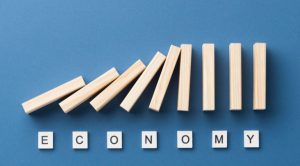
Economic Blocs: How Regional Alliances Are Redefining Global Power
Economic Blocs: How Regional Alliances Are Redefining Global Power examines how nations unite through trade and policy to shape the world economy.

Blue Zones: Unlocking the Secrets of Longevity and Purposeful Living
Blue Zones: Unlocking the Secrets of Longevity and Purposeful Living explores how specific communities thrive through balance, purpose, and healthy habits.

Soundscapes: How Sonic Design Shapes Emotion and Immersion in Modern Culture
Soundscapes: How Sonic Design Shapes Emotion and Immersion in Modern Culture explores how music, noise, and silence influence perception and creativity.
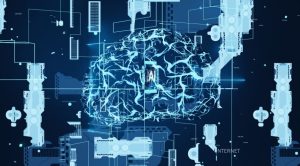
Edge Intelligence: The Next Frontier of Smarter, Faster, and Decentralized Computing
Edge Intelligence: The Next Frontier of Smarter, Faster, and Decentralized Computing explores how AI and edge systems redefine real-time data processing.

Sanctions and Global Power: How Economic Pressure Shapes Modern Diplomacy
Sanctions and Global Power: How Economic Pressure Shapes Modern Diplomacy explores how nations use trade, finance, and policy to influence global decisions.





